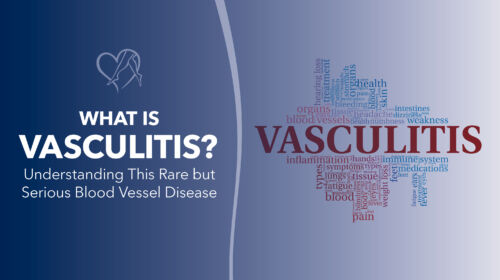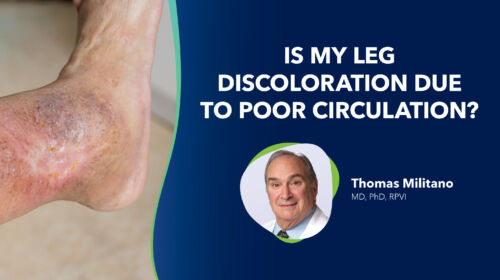
Anti-Inflammatory Eating for Vein Health
Your next step toward healthier veins could be right on your plate. Uncover the top anti-inflammatory foods that calm irritation, enhance circulation, and work alongside our treatments to give you smoother, stronger legs, allowing you to start eating for vein health.

How Does Heat Affect Varicose Veins?
Rising temperatures can make varicose vein symptoms worse—but knowing why can help you stay ahead of the discomfort. In this blog, the experts at Center for Vein Restoration explain how heat affects vein health and offer practical tips to keep your legs feeling their best all summer long. Ready to enjoy the season without the swelling and pain? This guide has you covered.

What is the Best Medication for Restless Leg Syndrome?
Wondering what the best medication is for restless leg syndrome (RLS)? This expert-reviewed blog explores common RLS treatments and reveals why vein disease—specifically venous insufficiency—may be the real root cause of your nighttime leg discomfort. Learn how a board-certified vein specialist at Center for Vein Restoration can help you find lasting relief without relying solely on medication.

Leg Pain After Drinking Alcohol: Is it Vein Disease?
Experiencing leg pain, heaviness, or swelling after drinking alcohol? This blog explores the surprising connection between alcohol and vein health, including how varicose veins, chronic venous insufficiency, and even blood clots may be to blame. Learn when to seek help and how a vein specialist at Center for Vein Restoration can diagnose and treat the root cause of your discomfort.

Vaping, Venous Valves, and Vein Disease
While vaping is often seen as a safer alternative to smoking, growing research reveals it may significantly harm your vascular health. This blog explores how vaping triggers inflammation and damages venous valves, the tiny structures responsible for keeping blood flowing toward the heart, leading to chronic venous insufficiency, varicose veins, and serious complications. Backed by studies from world-class institutions, the article explains symptoms to watch for, the risks even from nicotine-free vaping, and how early evaluation at Center for Vein Restoration can prevent long-term damage and restore healthy circulation.
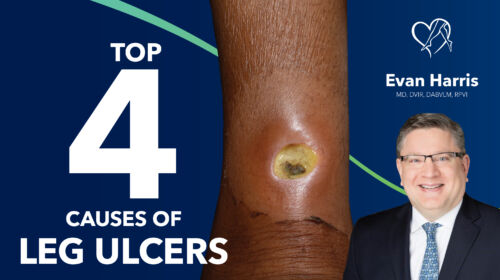
Top Four Causes of Leg Ulcers
Discover the hidden vascular and lifestyle factors such as chronic venous reflux and prolonged standing that leave your skin vulnerable. Learn why recognizing these early warning signs can make all the difference in your vein health.

6 Ways to Reverse the Symptoms of Chronic Venous Insufficiency
If your legs feel heavy, achy, or swollen, or if you see varicose or spider veins, these may be signs of chronic venous insufficiency (CVI), a progressive vein condition that affects circulation. This comprehensive blog from Center for Vein Restoration explores six evidence-based strategies to relieve CVI symptoms, from lifestyle changes like walking and leg elevation to effective, office-based vein treatments. Learn how to listen to what your legs are telling you and take the first step toward lasting relief and healthier circulation.

Men’s Mental Health and Vein Disease: What’s the Connection?
Men’s vein health is more than skin-deep—chronic venous insufficiency, varicose veins, and spider veins can take a serious toll on both physical and mental health. This blog explores the connection between vein disease and men’s mental well-being, offering expert insight from Center for Vein Restoration on early symptoms, treatment options, and how minimally invasive care can improve quality of life. Don’t overlook the warning signs—learn how prioritizing vein health can lead to better sleep, reduced pain, and greater emotional resilience.
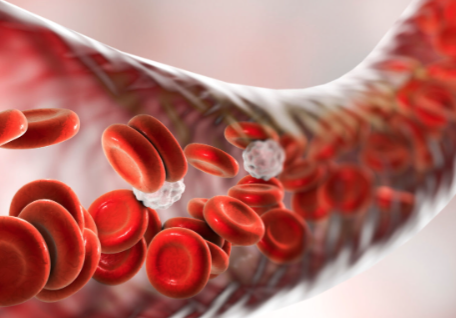 About Vein Disease
About Vein Disease
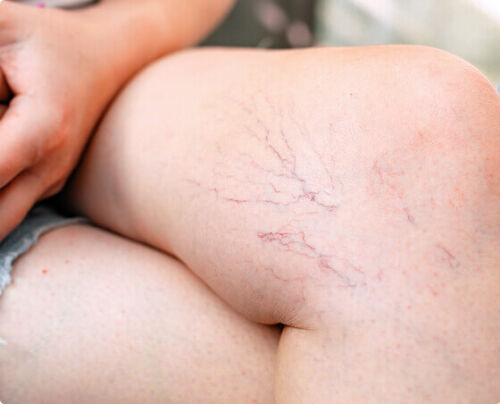 Spider Veins
Spider Veins
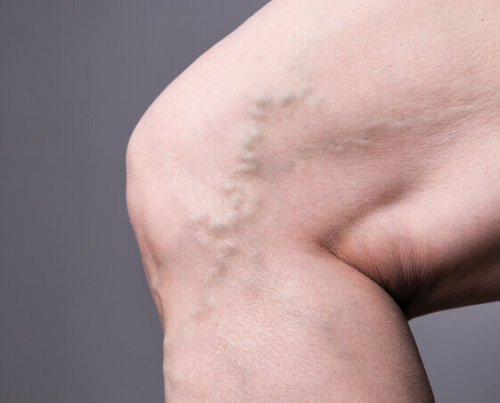 Varicose Veins
Varicose Veins
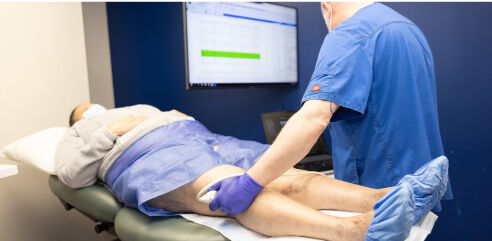 Vein Disease Treatments
Vein Disease Treatments
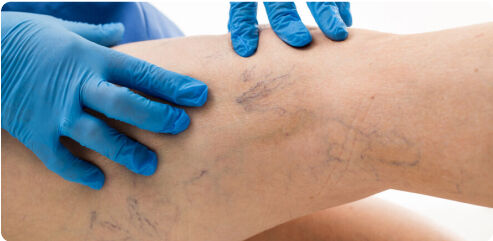 Treating Spider Veins
Treating Spider Veins
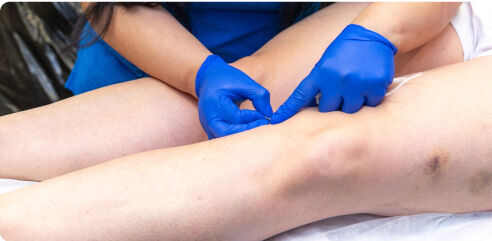 Treating Varicose Veins
Treating Varicose Veins
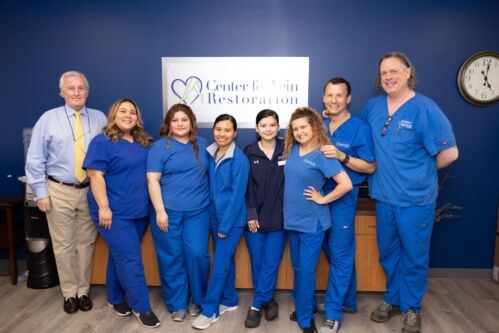 About Us
About Us
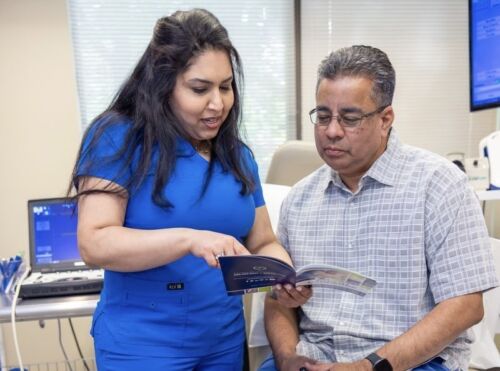 Patient Resources
Patient Resources
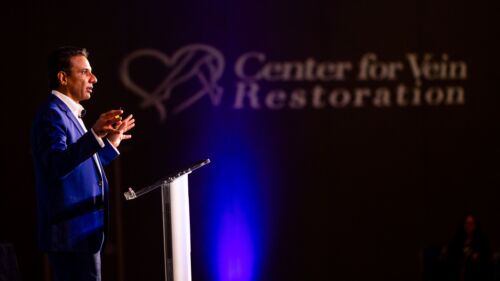 Physician Resources
Physician Resources
